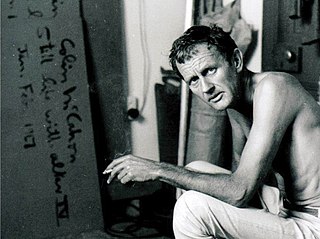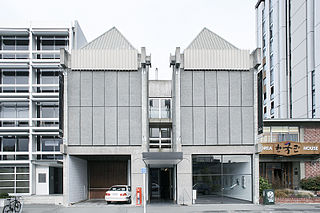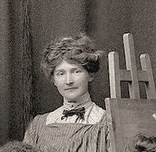History



The Group was formed in 1927 by seven young graduates of Canterbury College School of Art [3] to challenge conventional and conservative standards of art by showcasing their artistic works free of influence and administration from a larger body. [4] They were Margaret Anderson (later Frankel), Viola Macmillan Brown, Cora Wilding, Evelyn Polson (later Page), Edith Wall, Ngaio Marsh, William H. Montgomery, and Billy Baverstock. [5] Prior to the formation of The Group, artists were to submit their artworks to larger bodies such as Canterbury Society of Arts (CSA) for review and curation before getting approved before selected artworks getting selected to be displayed at exhibitions. [6] The CSA was a large art exhibiting institution at the time with surging membership and high sales. [3]
From its founded year until 1933, it frequently held annual shows in later time of the year in the Durham Street gallery to distinguish from CSA’s annual shows. The Group continuously organised independent shows until it temporarily terminated its exhibition in 1933 or 1934 after the formation of the New Zealand Society of Artists (NZSA). All members of The Group at the time were tempted by the larger scale of NZSA, hence their decisions of leaving Group to join NZSA. However, members of The Group who left to join NZSA then withdrew their membership with NZSA as they were displeased with having to submit their artworks to bigger group. The Group later on organised its largest-ever exhibition in 1935 with the contribution of fourteen artists, including Rata Lovell-Smith and Louise Henderson, two major contributors to the Canterbury landscape painting style.
Despite the attempt to create a more balanced atmosphere, The Group had experienced some internal conflicts as some members attempted to turn Group into a weapon against its competitors while some other members wanted to limit the number of memberships available instead of expanding by branching out. [6]












